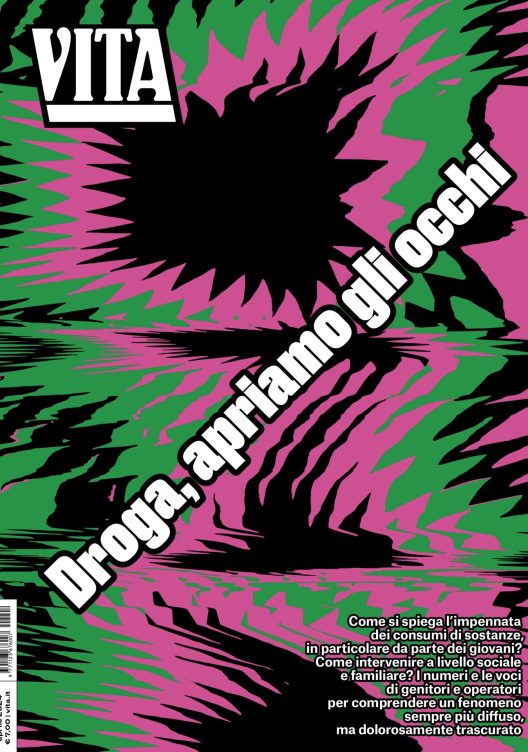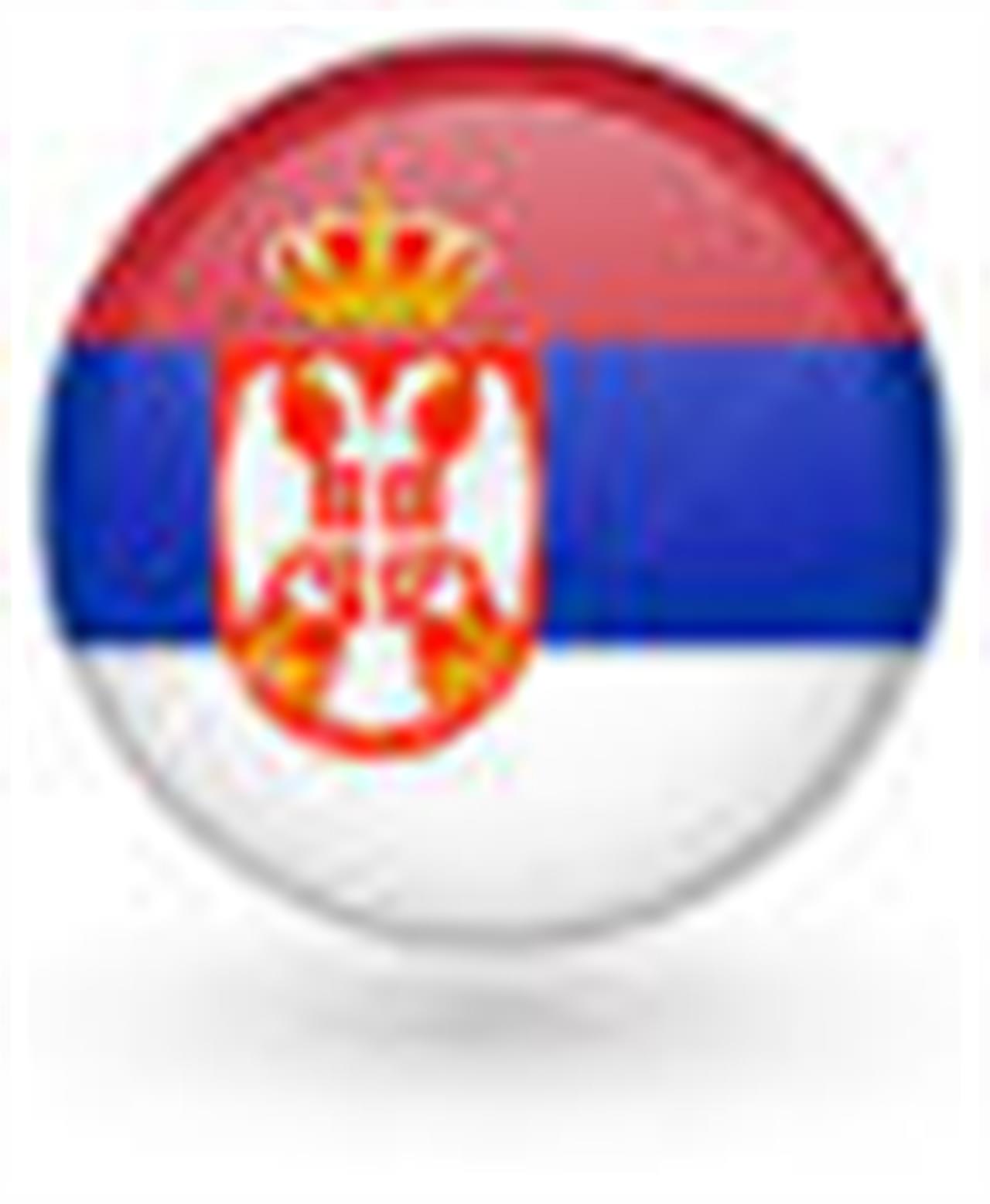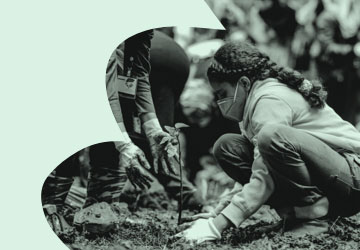There are no census statistics on Serbian civil society. However, several surveys on civil society have been conduct by independent research groups. This report relied on these surveys and interviews with prominent members of Serbian civil society to compile an overview of the sector.
Size
It is very hard to estimate the size of Serbia’s third sector as to date no reliable national statistics on the subject have been produced. However, the Serbian Business Registers Agency is currently going through the process of reregistering all active NGOs in Serbia. By next autumn more accurate data should be available. According to the agency 2,210 national associations and 49 foreign associations have been registered so far. Both the Technical Assistance to Civil Society (TACSO) project and the Balkan Community Initiative Fund (BCIF) estimate that there are between 2,000 and 3,000 NGOs currently operating in Serbia. [1]
A report by the European Research Network (ERN)on civil society says that over the last few years many cooperatives founded during the socialist period have shut down and those that are still active face land ownership problems. However, a new agricultural cooperatives movement seems to be taking off; this sectors growth can be attributed to several international funding programs. [2]
Income
National statistics on the income produced by Serbia’s third sector is also not available. Miograd Shrestha, the Executive director of the BCIF, says that most associations in Serbia are quite small and operate on an annual budget of between €1,000 and €5,000. He says that no more than twenty or thirty Serbian social organisations have annual budgets greater than €500,000. [1]
Source of Income
According to a European Research Network (ERN) report, Serbian non profit organisations receive the bulk of their funding from foreign donors. The survey found that 84.4 percent of civil society organisations receive foreign funding; 21 per cent receive local private funds; 10.4 per cent receive local government funds; 7.6 per cent receive national government funds; and 15 per cent earn part of their income from membership fees. [2]
The Technical Assistance to Civil Society (TACSO) project reported that according to anecdotal evidence 75 per cent of all civil society funding comes from foreign sources. [3]
The TACSO project highlights that over dependence on foreign donors is not a long term funding solution. It reported that most European embassies and government development agencies in Serbia have indicated that they will be gradually phasing out their support as the country progresses towards European integration. [3]
Most do not have a long term set income source, ERN says that 84 per cent of Serbian organisations rely on project based financing as a main source of income. [2]
USAID
One of Serbian civil society’s main funders is the United States Agency for International Development (USAID). Money is transferred to Serbian third sector through the Civil Society Advocacy Initiative (CSAI). To date (2010), 160 non profit organizations have received funds from this initiative. A five year fund was created in 2006 valued at $18.5 million (approximately €14.6). USAID runs the fund in partnership with the Institute for Sustainable Communities (ISC). In 2010 USAID and ISC awarded grants in the amount of $636,000 (approximately €516,514) to 16 civil society organizations in Serbia. [4]
It was reported by the TACSO project that USAID has scaled down its activity in Serbia but that it will maintain support untill 2015. [3]
EU
The TACSO project says that collectively the various EU programmes and instruments that support social organisations and their activities represent the largest single source of civil society funding in Serbia. In 2008 it was estimated that non profit organisations in Serbia received around €6 million from the EU. The European Integration Fund, which ended in 2009, issued 16 grants to civil society worth €1.6 million. Between 2003 and 2010, the Social Innovation Fund distributed €6 million to different Serbian non profit organisations. The IPA Civil Society Facility gave €8.5 million from 2007 to 2010. Several other EU funds have also contributed to the income of Serbian organisations. [3]
Domestic private donors
The TACSO project describes the Balkan Community Initiative Fund (BCIF) as Serbia’s most important national grant making body. [3]
The BCIF was established in 1999 as a foundation based in the UK. In 2004 it became a national Serbian foundation and it is now the second largest national foundation in Serbia. According to Miodrag Shrestha, the Executive Director of the foundation, since it was established it has made 650 grants worth a total of €2.5 million. On average the foundation has made 72 to 90 grants per year to grassroots organisations working in Serbia. [1]
Government Funding
The TACSO project says that in 2007 official government spending on civil society from the State Budget (including central government, provincial and municipal budgets) totalled €60 million. Support from the government has roughly risen fourfold since 2003. However, real support of organisations is likely to be considerably lower, as an unknown proportion of the €60 million was also allocated to the support of sports and religious organizations, as well as political parties. [3]
Tax laws applying to civil society income
Associations, as well as foundations, legacies, and funds, are exempt from income tax on foreign and domestic grants, donations, membership dues, and similar forms of income which are not the result of economic activities. Associations are, however, subject to 2.5% tax on gifts (gifts-in-kind and also property), but foundations and other types of social organisations are exempt from these taxes. [3]
Marija Andjelkovic, President of ASTRA anti trafficking action (a Serbian NGO), says that tax regulations for NGOs creates several problems for civil society in the country.
“Tax regulations are inconsistent and in some segments restrictive. In terms of tax relief for NGOs, tax legislation in Serbia is rather uneven. The work of NGOs is difficult because of high tax rates, in particular high tax on fees. Different and contradictory interpretations of laws that govern financial operations is another problem. Namely, since the autumn of 2006, local tax authorities in certain Serbian municipalities, have started the examination of financial operations of NGOs, especially areas regulated by the Property Tax Law, Article 14, Paragraph 2. Competent authorities interpret this Article as an obligation of NGOs to pay additional property tax on all donations, that are in this case observed as gifts. It need not be said that this new interpretation of an old regulation have put those NGOs to which the tax authority issued an order to pay the gift tax, retrospectively for 2005 and 2006, in a very unfavourable position.” [5]
Main Activities
According to Miodrag Shrestha, Executive Director of the Balkan Community Initiative Fund (BCIF), when civil society first emerged in Serbia after the fall of communism in the 1990s its main activities were campaigning for human rights, against the Miloševic regime and for a new democratic government. When the Miloševic government was overthrown in October 2000, civil society also started to change. Over the next ten years new types of social organisations began to operate in Serbia. ASTRA anti trafficking is one such example. This national NGO which is dedicated to the eradication of human trafficking was started in 2000. Serbia’s bid to join the EU has also influenced the types of organisations operating in the country. Two central themes on the EU’s social agenda are social inclusion and poverty reduction. As a result there are now several EU supported organisations focused on these issues operating throughout the country.
The Centre for the Development of Non-profit Sector (CRNPS) who has a fairly extensive database of Serbian non profits (2,172 non profits are registered). It reports that the main activities of Serbian social organisations are humanitarian work (530 organisations); supporting culture and the arts (239 organisations); education and research (215 organizations); community development (214 organisations); supporting the environment (205 organisations); and launching human rights campaigns (168 organisations).[3]
In 2005 a survey by Civic Initiatives reported that thirteen percent of all social organizations working in Serbia at the time were not carrying out a single project. 76 percent of organizations were active in holding seminars, training programs and workshops; 55 percent produced publications; 49 percent conducted research projects and 49 percent ran media campaigns. [6]


